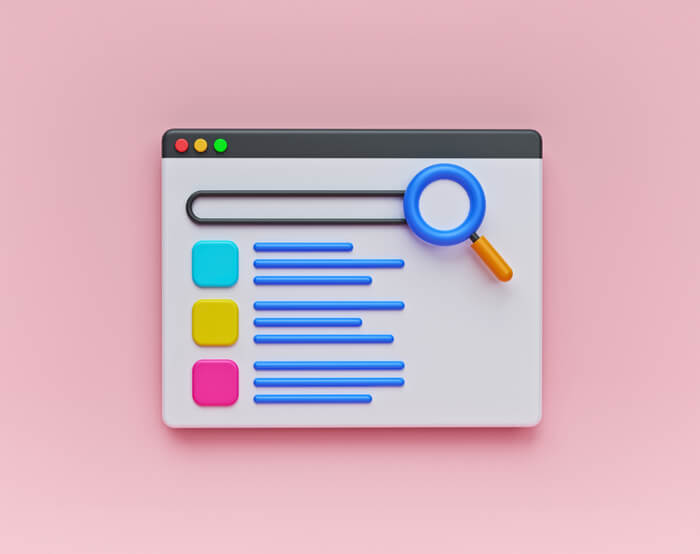Many of our clients come to us because, even though they are getting a decent amount of traffic to their website, this isn’t converting into sales. The solution to this problem is often much easier than they think. There are a few simple website changes to make that will guarantee an increase in conversions.
What is a ‘conversion’?
In this context, a conversion is a desired action that we want the user to carry out while on the website – this will generally be things like submitting an enquiry, making a phone call for service-based businesses, or for ecommerce or transactional websites, it will usually be a sale or list sign up.
As an aside – it’s important to mention that you should absolutely be tracking these important actions across your website. This should always be the metric you use to judge how well your marketing efforts are performing.
5 website conversion killing mistakes
Having a slow website
Not having a phone number displayed prominently on the website
Not offering a contact form / email contact
Not displaying prices where applicable
Not using calls to action
For obvious reasons, a slow website is guaranteed to limit how well your website converts. Research has shown that a one-second delay in page load time yields 11% fewer page views, a 16% decline in customer satisfaction and a 7% loss in conversions. Take a look at our blog on improving your website speed here for some top tips.
From experience, potential customers tend to fall into two camps – those who prefer to email or submit a form, and those who prefer to call. By not having a phone number prominently displayed you are effectively making it difficult for around 50% of your potential customers.
A good position for the phone number is typically in the top right corner of the website, as this is a natural position the eyes are drawn to when scanning a website
Similarly, by failing to have an easily accessible contact form on your website you are making it difficult for the other half of your potential customers to get in touch, needlessly adding frustration to the user journey.
As a rule of thumb, covering the three main methods of contact (phone, email, contact form) should be offered as standard so that every potential customer can get in touch via their preferred method.
This is something we often see across many industries. Some marketers think it will prompt people to get in touch, but the truth is, it will put many people off, especially when the product/service is a fixed price anyway. It therefore makes no sense not to give an indication of cost.
A call to action (CTA) is a prompt on your web page to get users to take an action such as ‘book now’, ‘sign up’ or ‘add to cart’. Your CTA needs to be bold and stand out on the page in order to guide the user to take the next step towards making a purchase.
Calls to action should be placed in prominent yet relevant positions throughout the content of the page. As a good rule of thumb, once above the fold (i.e. immediately visible when the webpage first loads), once in the middle, and once at the bottom of the page.
If you are keen to increase your conversion rates but aren’t sure where to start, call us on 01992 582 824, email [email protected], or get in touch via our contact form to find out how we can help!
